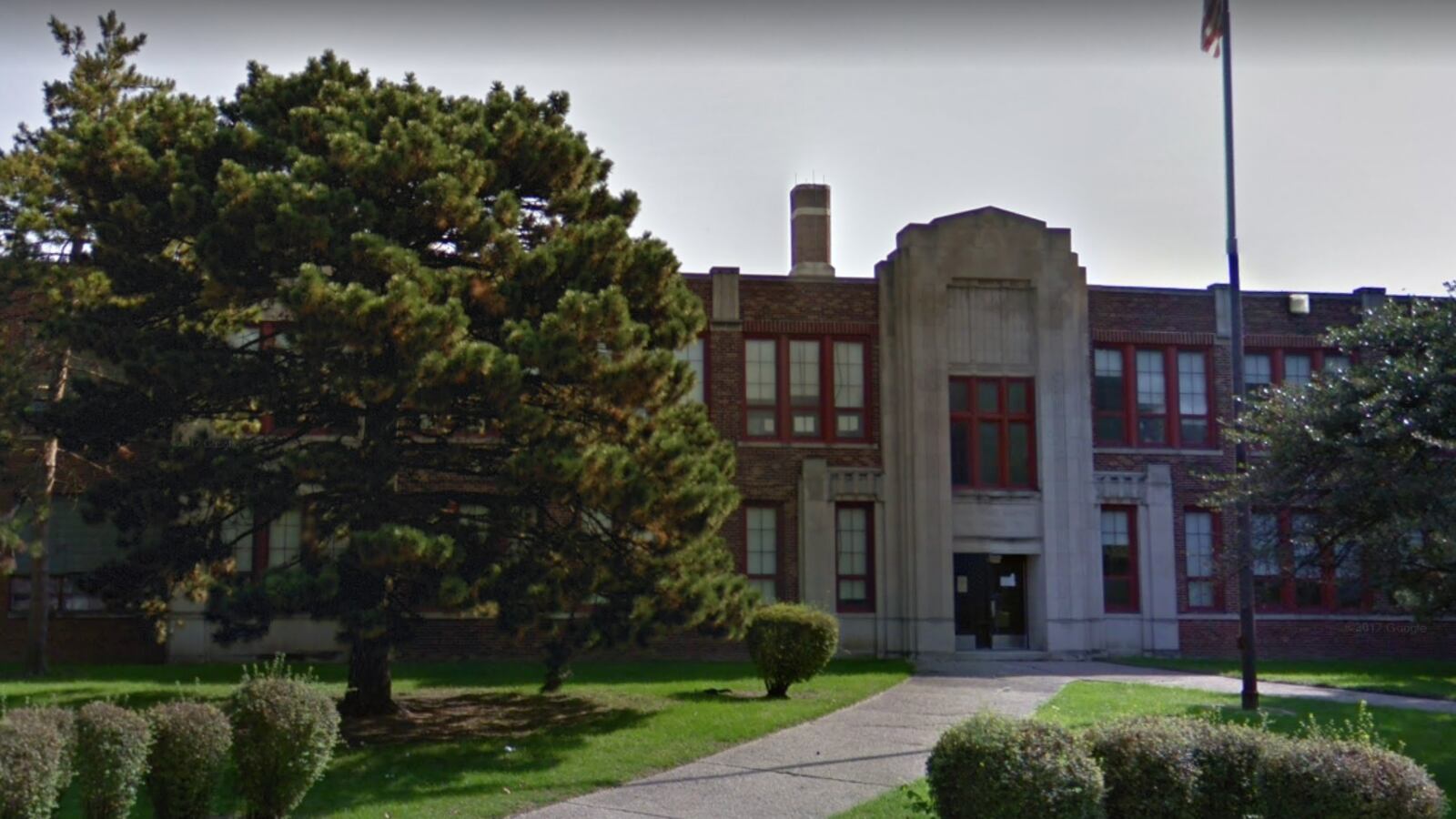The buildings in Michigan’s largest school district have been so neglected and so poorly maintained for so long that a new review put the price tag for bringing them up to current standards at half a billion dollars — money the district says it doesn’t have.
“We would have to dramatically cut personnel to even put a dent in this problem,” Superintendent Nikolai Vitti told the school board’s finance committee during a meeting at the district’s Fisher building headquarters Friday morning. “And even then, we would not be able to make substantial improvement.”
The review, whose results one school board member called “tragically awful,” was conducted over the last several months by an architecture and engineering firm called OHM advisors. It assessed the condition of the 106 buildings that currently house district schools, including roofs, interiors, and systems like plumbing and electrical.
It found that nearly a third of school buildings are in an “unsatisfactory” or “poor” condition, while roughly a third are considered in good repair.
The review did not take into account 19 vacant buildings that the district owns and is responsible for securing and maintaining so that they don’t become a danger to the community.
That means that the “unbelievably frustrating” picture painted by the review “undershoots” the problem, said school board member Sonya Mays, the finance committee chairwoman.
What makes the situation even more extreme is the fact that the Detroit district does not have the same ability to borrow money for construction projects that other Michigan districts do.
When the state spent $617 million to create the new Detroit Public Schools Community District in 2016, the new law freed the new district from millions of dollars in debt that had hobbled the old Detroit Public Schools. But it put restrictions on the new district’s ability to borrow money.
Instead, the $617 million included $25 million for buildings improvements — including some pressing repairs that became national news that year when teachers walked out of their classrooms to protest building conditions, shutting down schools for days.
Vitti said much of that $25 million has been spent or is committed this year for projects like the the repair of the roof at the Palmer Park Preparatory Academy, an elementary school that’s been closed for months since a leaky roof triggered a mold problem. Students at the school finished out the school year in a different building.
“The $25 million is literally a drop in the bucket of what the overall need is,” Vitti told the finance committee.
He called for an urgent discussion to figure out which buildings should be repaired, which ones should be replaced, and which ones should be considered for closure.
“What we’ve done in this review is at least define the problem,” Vitti said. “Now that we have solid data … we will have to think broadly and deeply” about what to do next.
Options could include returning to Lansing for additional help from the state or partnering with businesses or philanthropy to raise private funds for repairs.
Vitti noted that if nothing is done to repair these buildings, the cost of bringing them up to acceptable standards will swell to $1.2 billion by 2023.
“If we don’t make a high level of investment, which frankly we do not have the revenue to do, this problem only compounds itself in the years to come,” Vitti said.
Scroll down to see the presentation Vitti gave to the finance committee, which includes specifics on which schools are most in need of work.

